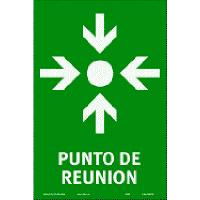Entradas
Mostrando las entradas de diciembre, 2017
| Lista de correo. Espere su aprobación. |
| Consultar este grupo |
NOM-003-SEGOB-2011, Señales y avisos para protección civil.- Colores, formas y símbolos a utilizar.
- Obtener vínculo
- X
- Correo electrónico
- Otras apps
Lessons to be Learned from #Biosafety Incidents in the USA
- Obtener vínculo
- X
- Correo electrónico
- Otras apps
Enhancing Surveillance and Diagnostics in Anthrax-Endemic Countries
- Obtener vínculo
- X
- Correo electrónico
- Otras apps
Shelf-Life of Chlorine Solutions Recommended in Ebola Virus Disease Response
- Obtener vínculo
- X
- Correo electrónico
- Otras apps





